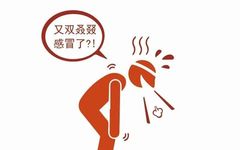Cold refers to upper respiratory tract infections, with causes related to viral and bacterial infections. Among these, 70% to 80% of colds are caused by viral infections, while the remaining 20% to 30% are due to bacterial infections. Once infected, patients may experience a series of uncomfortable symptoms such as coughing, sneezing, or sore throat, nasal congestion, fever, and chills, necessitating timely and scientifically sound treatment. In Traditional Chinese Medicine (TCM), colds are classified into Wind-Cold and Wind-Heat types, requiring different treatment approaches. However, many people are unsure how to distinguish between Wind-Heat and Wind-Cold colds. Below, we will provide a detailed introduction.
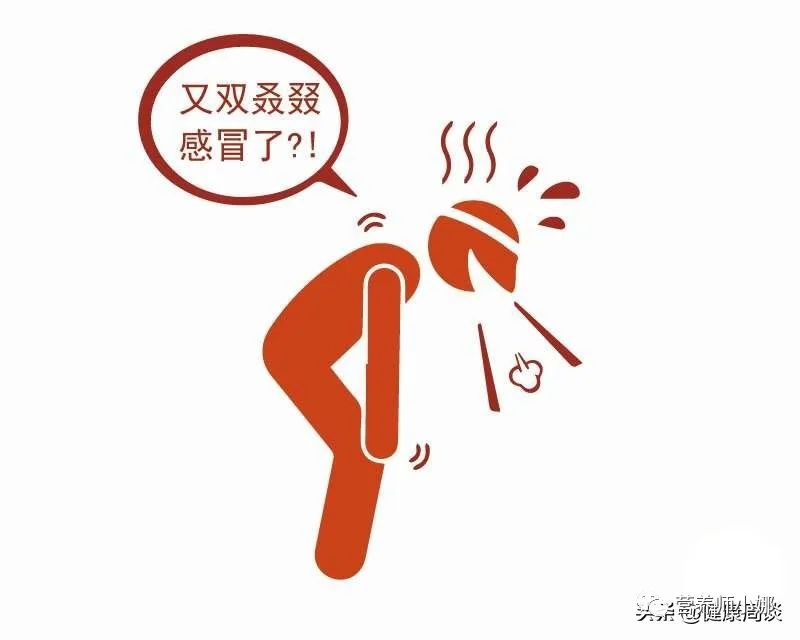
How to Distinguish Between Wind-Heat and Wind-Cold Colds?
1. Different Seasons of Onset
Generally, Wind-Cold colds are more common in late autumn, winter, and early spring. During these seasons, the temperatures are relatively low, making it easy for individuals to catch a chill and develop Wind-Cold colds. Additionally, a sudden prolonged exposure to rain or air conditioning in summer can also trigger Wind-Cold colds. In contrast, Wind-Heat colds typically occur in late spring, summer, and early autumn, when temperatures are higher and humidity is greater, leading to illness from Wind-Heat pathogens.
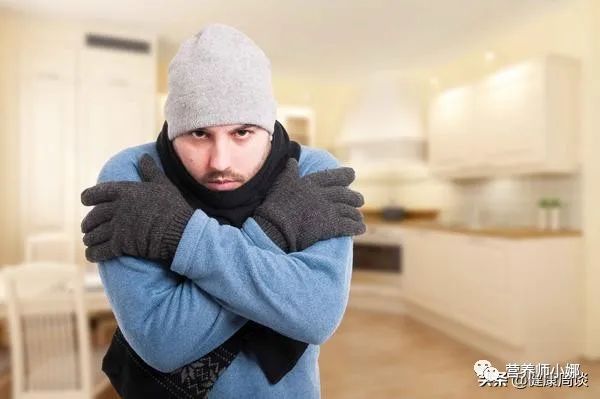
2. Different Symptoms
After contracting a Wind-Cold cold, patients typically experience clear, watery nasal discharge, accompanied by coughing up thin white phlegm, a thin white tongue coating, chills, headaches, nasal congestion, and frequent sneezing. In contrast, those with a Wind-Heat cold will cough up yellow, thick phlegm and may also experience noticeable dry, itchy throat, facial flushing, and fever. Furthermore, the fever associated with Wind-Heat colds is generally slightly higher than that of Wind-Cold colds.
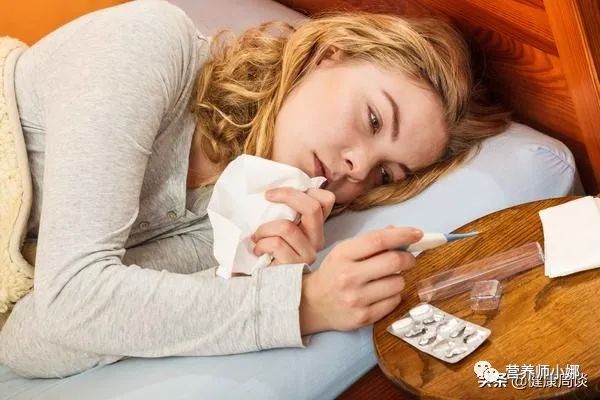
3. Different Treatment Methods
Treatment for Wind-Cold colds should employ spicy-warm methods to release the exterior, such as taking Wind-Cold cold granules, Jing Fang Bai Du San (Jing Fang Decoction to Overcome Pathogenic Factors), or Wind-Cold cold capsules. Drinking ginger soup is also beneficial. Conversely, treatment for Wind-Heat colds requires spicy-cool methods to release the exterior, with appropriate medications like Yin Qiao Jie Du Pian (Yin Qiao Detoxifying Tablets), Wind-Heat cold granules, and drinking rock candy pear water being recommended.
Additionally, many people want to know how to best regulate their condition when suffering from a Wind-Heat cold.
How to Regulate Wind-Heat Colds?
1. Increase Water Intake
After contracting a Wind-Heat cold, it is advisable to increase daily water intake to around 2000ml. This can effectively alleviate discomfort in the throat and help clear internal heat. Additionally, drinking honeysuckle tea, mint tea, or chrysanthemum tea can have wind-dispelling and heat-clearing effects.

2. Adjust Diet
After a Wind-Heat cold, it is crucial to avoid any spicy foods and refrain from consuming high-fat and high-sugar foods, as these can generate excessive internal heat and worsen the condition. The diet should include more cabbage, radishes, winter melon, cucumbers, carrots, tofu, and watermelon, snow pears, which have heat-clearing and fire-dispelling properties.
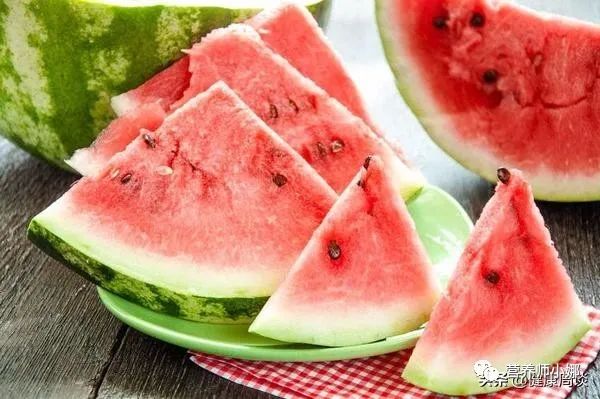
3. Adjust Environment
It is important to ensure ventilation by opening windows daily to allow fresh air into the room, and to maintain appropriate temperature and humidity levels. Using a humidifier indoors can help prevent excessive dryness, which may exacerbate the condition.

In summary, Wind-Heat and Wind-Cold colds exhibit the above three differences, thus requiring distinct approaches in treatment and care. After contracting a Wind-Heat cold, patients should focus on the aforementioned three aspects of regulation to promote rapid recovery. Furthermore, whether it is a Wind-Heat or Wind-Cold cold, it is essential to get plenty of rest and maintain a regular schedule. During recovery, engaging in some walking or other aerobic exercises can also facilitate a quicker healing process.

